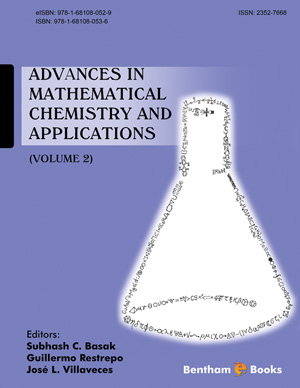Abstract
Mung bean (Vigna radiata L.) is a protein-rich pulse mainly cultivated in Asia, where its consumption has been associated with positive health outcomes. Mung bean protein is especially rich in leucine, lysine, phenylalanine, and tyrosine amino acids and it contains the 8S α-globulin as the major seed storage protein. Proteinderived products from pulses, such as protein concentrates, hydrolysates, and purified peptide fractions are becoming popular functional foods. Mung bean peptides are enzymatically generated using gastrointestinal and non-gastrointestinal proteases. Protein hydrolysates generated by one or a combination of enzymes have been demonstrated to exert different biological potentials, including antioxidant, antihypertensive, anticancer, and hypocholesterolemic effects. These properties are attributed to the amino acid sequences, the type of enzyme used for hydrolysis, and the purification method. More robust experimental designs must be performed to understand the role and mechanisms of these bioactive peptides with in vivo studies and clinical trials. Furthermore, there is a lack of information related to the incorporation of bioactive peptides into a food matrix while preserving their bioactivity. This chapter provides an overview of the central aspects of mung bean physical structure and chemical composition, protein characteristics, enzymatic production, and the biological potential of mung bean protein hydrolysates and peptides.






















